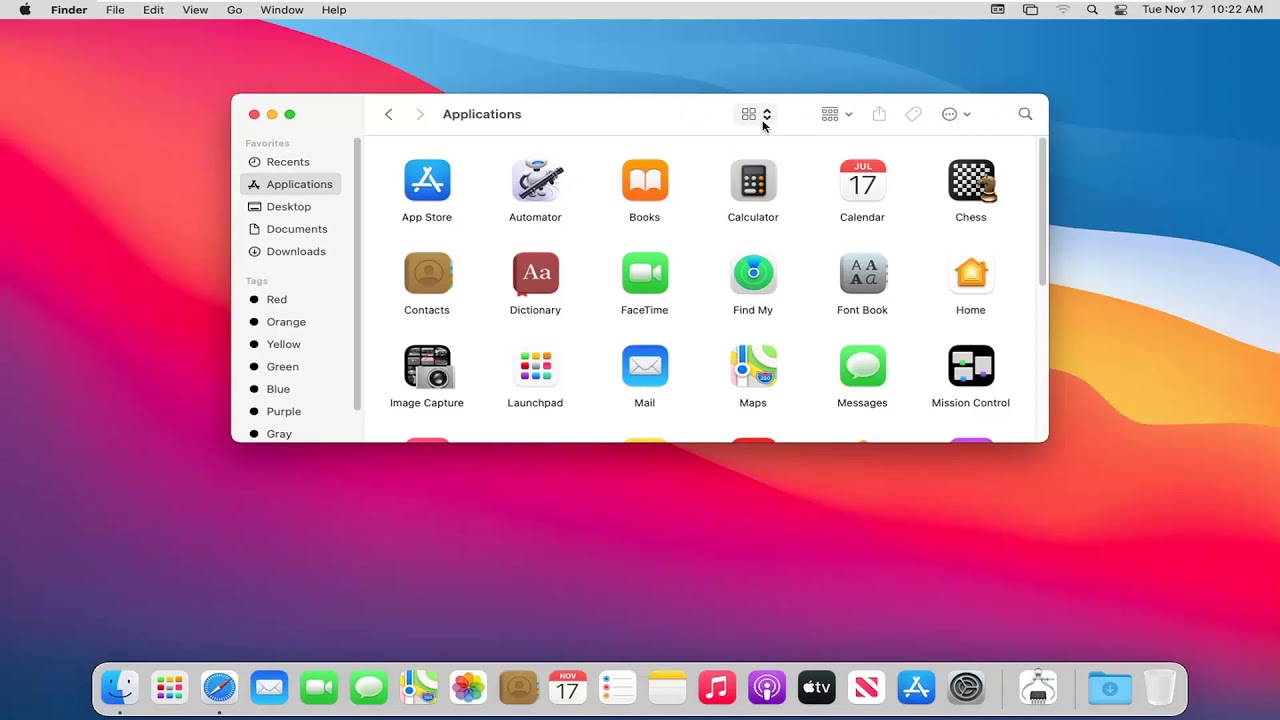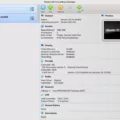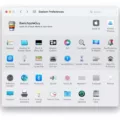If you’re like most Mac users, you rely on the Finder app to help you find your files and folders. And while the Finder is usually reliable, there may come a time when it stops responding or becomes unresponsive. If that happens, you’ll need to know how to quit Finder on your Mac.
The first step is to open the Activity Monitor app. This can be done by going to Applications > Utilities > Activity Monitor. Once the app is open, find “Finder” in the list of apps and processes and select it. Then click the Close button (X) at the top left corner of the window. This will stop Finder from running and should resolve any issues you’ve been having with it.
If this doesn’t work, you can also try force-quitting Finder. To do this, press the Option (or Alt), Command, and Esc (Escape) keys together on your keyboard or choose Force Quit from the Apple menu. in the top left corner of your screen. A Force Quit window will open up showing all of your currently running apps; select Finder from this list and click Force Quit.
That’s all there is to quitting Finder on your Mac! Hopefully, this guide has helped solve any issues you were having with Finder so that you can go back to using it as normal.

Closing Finder on Mac
To close Finder on Mac, open the Activity Monitor which can be found in the utility folder in your Applications list. Once the Activity Monitor is open, search for ‘Finder’ and select it from the list of processes. Click the ‘Close’ button (X) to stop Finder from running.
Quitting Finder Action on Mac
To quit Finder on Mac, you can do one of two things. First, press the Option (or Alt), Command, and Esc (Escape) keys together on your keyboard. This will open a Force Quit window. Select Finder from the list of apps and click Force Quit.
Alternatively, you can select Force Quit from the Apple menu. in the corner of your screen. Then select Finder from the list of apps and click Force Quit.
Why Finder Is Always On in Macs
Finder is always on in Mac because it is an integral part of the operating system and helps you easily access your files and folders. With Finder, you can quickly view the contents of your Mac, iCloud Drive, and other storage devices. It also provides features such as easy navigation, drag-and-drop functionality, customizable window views, quick search capabilities, and more. Furthermore, Finder allows you to quickly move or copy files between different locations—all from one convenient location. By keeping Finder always open, it enables quick access to all the files on your Mac or any other connected device.
Closing a Frozen Finder on a Mac
If Finder on your Mac is frozen and unresponsive, you can close it by following these steps:
1. Press and hold the Shift (?) key on your keyboard.
2. Click on the Apple icon in the top menubar.
3. Choose Force Quit Finder from the drop-down menu.
4. Select Finder from the list of applications that appear, then click Force Quit.
This should close the frozen Finder window and allow you to start it again as normal. If this doesn’t work, you may need to restart your Mac or use other troubleshooting steps to fix any underlying issues causing Finder to freeze up.
Conclusion
In conclusion, Mac is a powerful operating system that provides users with a great experience. With the Finder, users can easily access their files and folders, as well as launch apps and manage their digital content. The Activity Monitor allows users to monitor the performance of their Mac and identify any problems they may be having. Additionally, users can force quit any app they need to in order to keep their Mac running smoothly. With its many features and capabilities, Mac is an excellent choice for anyone looking for a reliable and user-friendly operating system.








